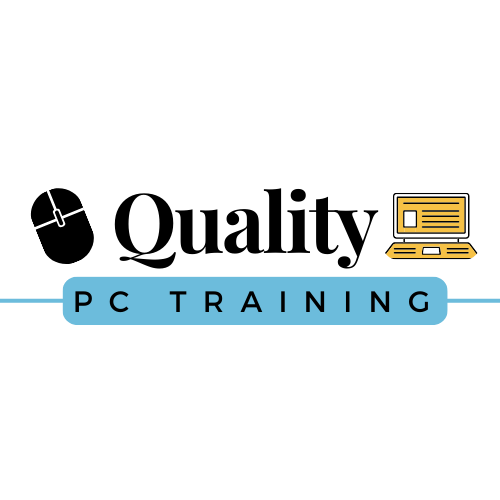
Workshop: Excel Part 3
It’s time to dig even deeper and begin to analyze your data.
Target Student: You have a solid foundation in basic and intermediate Excel skills and would like to organize your data more effectively, are looking to use your data to make predictions, and use some advanced data manipulation tools such as VLOOKUP, HLOOKUP and other table-related functions to analyze data. Additionally, you would like to begin to use charts to visualize your data in order to present it in a meaningful way.
Learning Objectives: At the end of this workshop, the learner will be able create tables that can be sorted and filtered to identify specialized information, perform analysis on data to make predictions and forecast for the future, use lookups to quickly access information without having to manually search through large amounts of data, create sparklines to insert mini-charts into spreadsheets and create visually appealing charts to showcase your findings in dynamic and aesthetically pleasing ways.
Prerequisites: Familiarity using a personal computer including a mouse and keyboard, comfort working in the Windows environment, and Microsoft Excel Parts 1 and 2, or equivalent knowledge.
What you’ll learn in this workshop:
-
Creating a Table
Adding and Editing Records
Inserting Records and Fields
Deleting Records and Fields
-
Sorting Data
Custom Sort Orders
-
Using AutoFilters
Using the Top 10 AutoFilter
Applying a Custom AutoFilter
Creating Advanced Filters
Applying Multiple Criteria
Using Complex Criteria
Copying Filter Results to a New
Location
Using Database Functions
-
Using Data Tables
Using Scenario Manager
Using Goal Seek
Forecast Sheets
-
The HLOOKUP and VLOOKUP Functions
Using the IF, AND, and OR Functions
The IFS Function
-
Inserting and Deleting Sparklines
Modifying Sparklines
-
Creating Charts
Selecting Charts and Chart Elements
Adding Chart Elements
Moving and Resizing Charts
Changing the Chart Type
Changing the Data Range
Switching Column and Row Data
Choosing a Chart Layout
Choosing a Chart Style
Changing Color Schemes
Printing Charts
Deleting Charts

